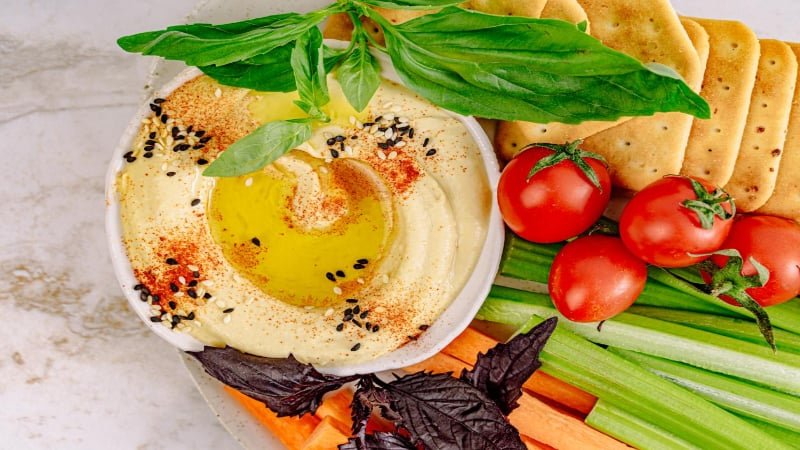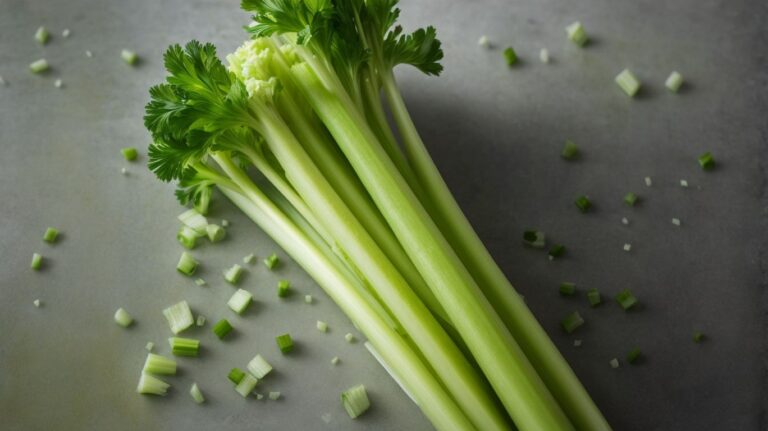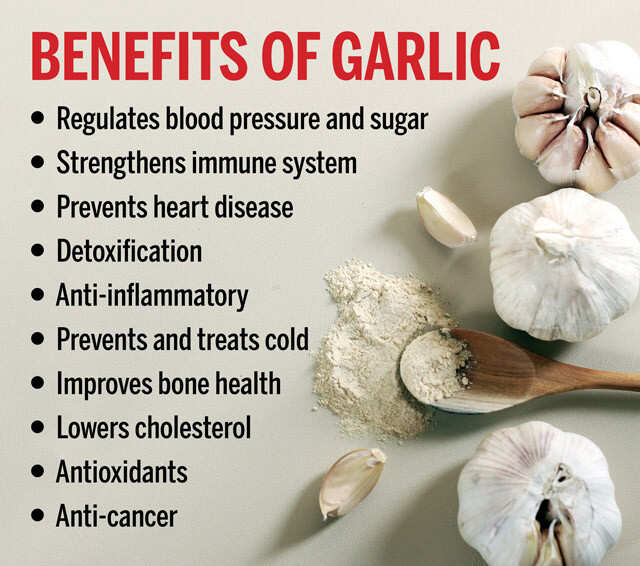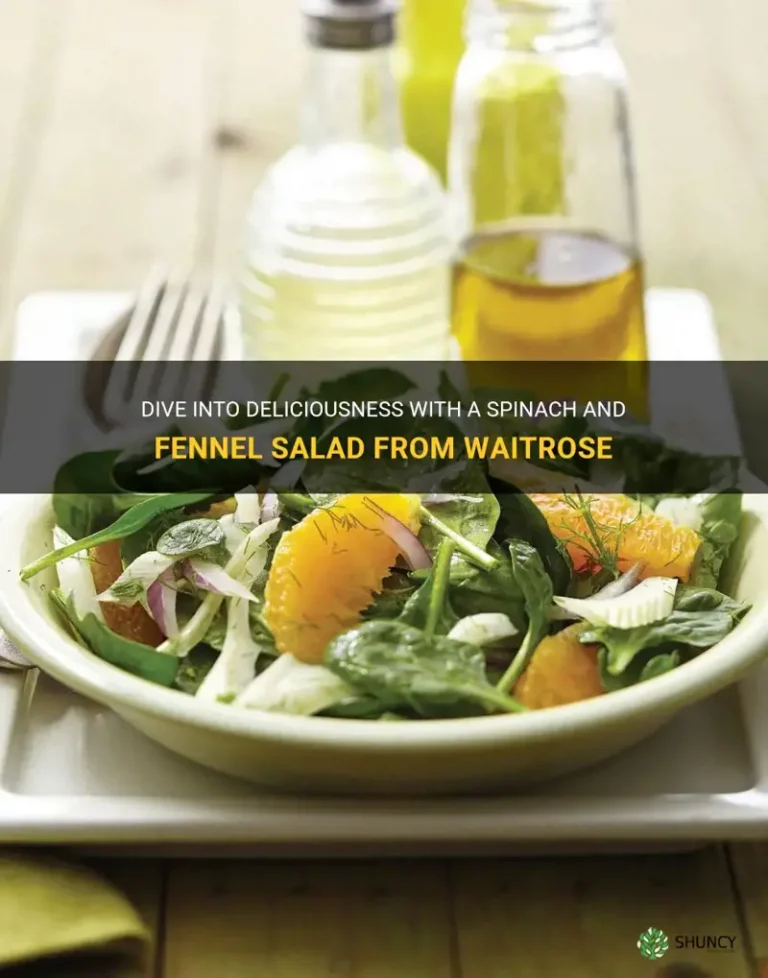Beyond the Snack Tray: Simple Recipes to Maximize Celery’s Health Perks
The story of celery is one of quiet transformation. For centuries, it was a wild marsh plant, bitter and fibrous, occasionally revered for its medicinal properties or as a symbol of victory. It then journeyed through the annals of culinary history, slowly cultivated, softened, and tamed, eventually finding its place—often underestimated—on our crudité platters and in our mirepoix. We know celery as the crunchy, refreshing backbone of many dishes, a low-calorie filler, and the perfect vehicle for peanut butter. But to confine this unassuming stalk to such simple roles is to miss the profound narrative of its health benefits, a tale woven through its unique cellular structure, its vibrant phytochemicals, and its remarkable versatility.
This article invites you to look beyond the snack tray and discover how to unlock celery’s full potential, not just as a culinary component, but as a powerful ally in your pursuit of well-being. For the knowledgeable palate and health-conscious mind, understanding the why behind celery’s goodness is as important as the how of its preparation. Let us delve into the depths of this humble vegetable and uncover simple, yet potent, ways to maximize its health perks, telling a story of wellness that begins with a crunch.
The Unveiling: Celery’s Nutritional Profile – A Symphony of Wellness
Before we explore specific health benefits, let’s peel back the layers of celery’s nutritional composition. What appears to be mostly water and fiber is, in fact, a complex symphony of bioactive compounds working in concert.
At its core, celery is indeed a hydrating powerhouse, boasting over 95% water content. This alone makes it a valuable addition to any diet, contributing to cellular function, nutrient transport, and detoxification. But the true magic lies in what accompanies that water:
- Dietary Fiber: Both soluble and insoluble fibers are present. Insoluble fiber acts as a natural broom, aiding in digestive regularity, while soluble fiber contributes to satiety and can help regulate blood sugar and cholesterol levels.
- Vitamins: Celery is a good source of Vitamin K, crucial for blood clotting and bone health. It also provides Vitamin A (in the form of beta-carotene), an important antioxidant for vision and immune function, and a decent amount of Vitamin C, another potent antioxidant. Folate, vital for cell growth and DNA synthesis, is also present.
- Minerals: Potassium, essential for blood pressure regulation and fluid balance, is prominent. Lesser but significant amounts of calcium, magnesium, and manganese contribute to bone health, muscle function, and enzymatic reactions.
- Phytochemicals – The Unsung Heroes: This is where celery truly shines.
- Phthalides: These unique compounds (e.g., n-butylphthalide) are largely responsible for celery’s characteristic aroma and are potent vasodilators, contributing to its blood pressure-lowering effects.
- Flavonoids: Apigenin and luteolin are two powerful flavonoids found in celery. These are well-researched for their anti-inflammatory, antioxidant, and even potential anti-cancer properties. They can modulate immune responses and protect cells from oxidative damage.
- Polyacetylenes: Falcarinol and panaxydiol are examples of polyacetylenes that exhibit anti-inflammatory and potential chemopreventive activities.
- Coumarins: These compounds also contribute to celery’s anti-inflammatory and antioxidant profile.
- Phenolic Acids: Caffeic acid and ferulic acid further bolster its antioxidant defenses.
Understanding this intricate composition allows us to appreciate celery not just as a calorie-free crunch, but as a sophisticated delivery system for compounds that actively support our health on multiple fronts.
Chapter 1: The Digestive Dynamo – Aiding Your Gut’s Inner Ecosystem
The modern diet, often lacking in fiber and whole foods, can leave our digestive systems struggling. Celery, with its dual-action fiber and high water content, emerges as a gentle yet effective ally for gut health.
The insoluble fiber in celery adds bulk to stool, facilitating its passage through the digestive tract and preventing constipation. This "roughage" also helps to sweep away waste products and toxins, supporting regular elimination. Simultaneously, its soluble fiber acts as a prebiotic, feeding the beneficial bacteria in your gut microbiome. A thriving microbiome is fundamental not just for digestion, but for immune function, mood regulation, and nutrient absorption. The ample water content further softens stool and keeps the digestive tract lubricated, preventing dehydration which can exacerbate digestive woes.
Simple Recipe to Maximize Digestive Perks: Celery & Apple Slaw with a Zesty Dressing
This recipe combines the fibrous power of celery with other gut-friendly ingredients, creating a refreshing and cleansing side dish.
- Ingredients: 4-5 celery stalks, finely sliced; 1 large apple (e.g., Granny Smith or Fuji), cored and julienned; ¼ cup chopped walnuts or pecans (for healthy fats and fiber); 2 tablespoons fresh lemon juice; 1 tablespoon extra virgin olive oil; 1 teaspoon Dijon mustard; a pinch of sea salt and black pepper.
- Preparation: In a large bowl, combine the sliced celery, julienned apple, and chopped nuts. In a small bowl, whisk together the lemon juice, olive oil, Dijon mustard, salt, and pepper until emulsified. Pour the dressing over the slaw ingredients and toss gently to coat.
- Why it works: The raw celery and apple provide maximum fiber and water content. Lemon juice aids digestion and adds Vitamin C. Healthy fats from olive oil and nuts support nutrient absorption and satiety. This slaw is a perfect light lunch or a vibrant side dish, actively promoting regularity and a healthy gut flora.
Chapter 2: The Anti-Inflammatory Ally – Quelling the Flames Within
Chronic inflammation is increasingly recognized as a root cause of many modern diseases, from heart disease and diabetes to autoimmune disorders and certain cancers. Celery’s rich array of antioxidants and anti-inflammatory compounds makes it a powerful natural antidote.
The flavonoids apigenin and luteolin are particularly noteworthy. Research suggests they can inhibit the production of pro-inflammatory cytokines and enzymes (like COX-2, a target for many anti-inflammatory drugs), thereby reducing the body’s inflammatory response. The polyacetylenes in celery also contribute to this effect, helping to alleviate pain and swelling. By regularly incorporating celery into your diet, you’re essentially providing your body with a natural defense mechanism against the cellular damage and systemic stress caused by chronic inflammation.
Simple Recipe to Maximize Anti-Inflammatory Perks: Soothing Celery & Ginger Elixir
This juice or smoothie combines celery’s anti-inflammatory power with ginger, another potent anti-inflammatory agent, for a concentrated dose of wellness.
- Ingredients: 3-4 celery stalks, roughly chopped; 1-inch piece of fresh ginger, peeled; ½ green apple (optional, for sweetness and additional nutrients); ½ cup water (if blending).
- Preparation (Juice): Pass celery, ginger, and apple through a juicer. Serve immediately.
- Preparation (Blender): Combine all ingredients in a high-speed blender. Blend until smooth. Strain through a fine-mesh sieve or nut milk bag for a smoother texture, or enjoy as is for maximum fiber.
- Why it works: Raw celery delivers its full spectrum of heat-sensitive anti-inflammatory compounds. Ginger amplifies this effect, offering a synergistic boost. This elixir is particularly beneficial in the morning or as a pick-me-up, providing a direct route for these healing compounds into your system.
Chapter 3: The Cardiovascular Champion – Nurturing a Healthy Heart
The heart, a tireless pump, benefits immensely from a diet rich in plant-based nutrients. Celery offers a multi-pronged approach to cardiovascular health, addressing blood pressure, cholesterol, and arterial integrity.
The phthalides in celery are its secret weapon against hypertension. These compounds have been shown to relax the smooth muscles around blood vessels, allowing them to dilate and thus reducing blood pressure. Furthermore, celery is a good source of potassium, a mineral critical for balancing sodium levels in the body, which directly impacts blood pressure regulation.
Its fiber content also plays a role in managing cholesterol. Soluble fiber can bind to cholesterol in the digestive tract, preventing its absorption and facilitating its excretion. The antioxidants (Vitamins C, A, and various flavonoids) protect blood vessels from oxidative damage, reducing the risk of plaque buildup and atherosclerosis.
Simple Recipe to Maximize Cardiovascular Perks: Heart-Healthy Celery & Walnut Salad
This salad combines celery’s blood pressure-lowering properties with walnuts, known for their omega-3 fatty acids, creating a delicious and heart-protective meal.
- Ingredients: 4-5 celery stalks, thinly sliced on the bias; ½ cup walnuts, lightly toasted and roughly chopped; ¼ cup crumbled feta or goat cheese (optional, for flavor); 2 tablespoons extra virgin olive oil; 1 tablespoon apple cider vinegar; 1 teaspoon honey or maple syrup; a pinch of dried thyme or oregano; salt and pepper to taste.
- Preparation: In a large bowl, combine sliced celery, walnuts, and cheese (if using). In a small bowl, whisk together olive oil, apple cider vinegar, honey/maple syrup, dried herbs, salt, and pepper. Pour dressing over the salad and toss gently to combine.
- Why it works: Raw celery provides its full spectrum of phthalides and potassium. Walnuts are rich in alpha-linolenic acid (ALA), a plant-based omega-3 fatty acid beneficial for heart health. Olive oil adds monounsaturated fats, further supporting cardiovascular function. This salad is light, crunchy, and packed with nutrients that actively contribute to a healthier heart.
Chapter 4: Hydration and Gentle Detoxification – Flushing and Replenishing
The human body is an intricate network, and proper hydration is the lubricant that keeps every part functioning optimally. Celery, with its exceptional water content and mild diuretic properties, is a natural choice for supporting hydration and the body’s innate detoxification processes.
As mentioned, celery is over 95% water. Consuming it contributes significantly to your daily fluid intake, which is essential for maintaining blood volume, regulating body temperature, transporting nutrients, and removing waste products. Beyond simple hydration, celery acts as a mild diuretic, thanks to compounds like potassium and specific phytochemicals. This gentle diuretic effect helps the kidneys flush out excess fluids and toxins, without depleting essential electrolytes (a common concern with stronger diuretics). It supports kidney function and can alleviate mild water retention.
Simple Recipe to Maximize Hydration & Detox Perks: Cucumber-Celery Infused Water
A refreshing and subtly flavored water that encourages increased fluid intake while delivering a hint of celery’s benefits.
- Ingredients: 4-5 cups filtered water; 2 celery stalks, thinly sliced; ½ medium cucumber, thinly sliced; a few sprigs of fresh mint (optional).
- Preparation: In a large pitcher, combine the sliced celery, cucumber, and mint (if using). Pour in the filtered water. Refrigerate for at least 2-4 hours to allow the flavors to infuse.
- Why it works: This simple infusion makes drinking water more appealing, naturally boosting hydration. The celery and cucumber impart their subtle flavors and water-soluble nutrients, providing a gentle "detox" aid without relying on harsh cleanses. It’s a perfect everyday beverage to keep you feeling refreshed and your body functioning smoothly.
Chapter 5: Weight Management and Satiety – The Satisfying Crunch
For those navigating the complexities of weight management, celery offers a straightforward and effective tool. Its unique combination of low calories, high water content, and substantial fiber makes it incredibly filling without contributing excess energy.
Celery is often cited as a "negative calorie" food, though this is a myth; it does contain calories. However, its caloric density is remarkably low—around 14 calories per 100 grams. This means you can eat a significant volume of celery for very few calories, helping to fill you up and reduce overall calorie intake. The fiber further contributes to satiety by slowing digestion and creating a feeling of fullness that lasts longer. The act of chewing celery also plays a psychological role in satisfaction, signaling to the brain that you’ve consumed something substantial.
Simple Recipe to Maximize Weight Management Perks: Celery Sticks with Creamy Avocado Dip
This classic combination gets a healthy upgrade, offering satiety and nutrients without excessive calories.
- Ingredients (Dip): 1 ripe avocado; ¼ cup Greek yogurt (plain, unsweetened); 1 tablespoon fresh lime juice; 1 clove garlic, minced (optional); a pinch of salt, pepper, and chili flakes (optional).
- Ingredients (Serving): 4-5 celery stalks, cut into sticks.
- Preparation: In a small bowl, mash the avocado with a fork. Stir in the Greek yogurt, lime juice, minced garlic (if using), salt, pepper, and chili flakes. Mix until creamy. Serve immediately with fresh celery sticks.
- Why it works: Celery provides the satisfying crunch and volume for minimal calories. Avocado adds healthy monounsaturated fats and fiber, promoting sustained satiety. Greek yogurt provides protein and probiotics, rounding out this nutritious and filling snack that helps curb hunger without derailing weight goals.
Chapter 6: Beyond the Stalk: Unlocking the Full Potential of Celery’s Relatives
Our journey through celery’s benefits often focuses on the stalk, but the plant offers more. Its leaves, seeds, and even its root cousin, celeriac, are brimming with unique flavors and nutritional profiles that deserve recognition. A knowledgeable audience understands that nature’s bounty is rarely confined to a single part.
Celery Leaves: Often discarded, the leaves are surprisingly nutrient-dense. They contain even higher concentrations of certain vitamins (like Vitamin K and C) and antioxidants than the stalks. Their flavor is more intense and herbaceous, reminiscent of parsley, making them a fantastic addition to various dishes.
Celery Seeds: These tiny powerhouses have been used in traditional medicine for centuries, particularly for their anti-inflammatory and diuretic properties. They are often ground into celery salt, but whole seeds can be used in cooking, lending a distinctive, slightly bitter, earthy flavor. They are a concentrated source of phthalides and other beneficial compounds.
Celeriac (Celery Root): While botanically the same species (Apium graveolens), celeriac is a cultivated variety grown specifically for its knobby, earthy root. It possesses a flavor profile that is a delightful marriage of celery and parsley, with a starchy, potato-like texture when cooked. Nutritionally, it’s rich in fiber, Vitamin K, Vitamin C, and phosphorus.
Simple Recipe to Embrace the Whole Plant: Celery Leaf Pesto & Simple Celeriac Remoulade
Let’s not let any part of this versatile plant go to waste.
1. Celery Leaf Pesto
- Ingredients: 1 cup packed celery leaves (from about 1-2 bunches of celery); ½ cup fresh parsley leaves; ¼ cup toasted walnuts or pine nuts; 2 cloves garlic; ½ cup grated Parmesan cheese (optional, omit for dairy-free); ½ cup extra virgin olive oil; salt and pepper to taste.
- Preparation: Combine celery leaves, parsley, walnuts/pine nuts, and garlic in a food processor. Pulse until finely chopped. Add Parmesan (if using) and slowly drizzle in olive oil while processing until a smooth paste forms. Season with salt and pepper.
- Why it works: Utilizes a part often discarded, maximizing nutrient intake. It’s a vibrant, herbaceous pesto perfect for pasta, sandwiches, or as a dip, delivering concentrated antioxidants.
2. Simple Celeriac Remoulade
- Ingredients: 1 small celeriac (celery root), peeled and julienned; ¼ cup mayonnaise (or Greek yogurt for a lighter version); 1 tablespoon Dijon mustard; 1 tablespoon fresh lemon juice; 1 tablespoon chopped fresh chives or parsley; salt and pepper to taste.
- Preparation: In a bowl, combine the julienned celeriac, mayonnaise/yogurt, Dijon mustard, lemon juice, and chives/parsley. Stir well to coat the celeriac evenly. Season with salt and pepper. Refrigerate for at least 30 minutes to allow flavors to meld.
- Why it works: Introduces the earthy, complex flavor of celeriac in a simple, refreshing salad. Celeriac provides fiber and unique minerals, offering a different textural and flavor experience while staying within the celery family.
Maximizing Absorption and Enjoyment: Tips for the Knowledgeable Consumer
To truly harness celery’s health perks, consider these practical tips for preparation, storage, and culinary integration:
- Raw vs. Cooked: Celery’s health benefits are present whether raw or cooked, but in different forms. Raw celery retains its full enzyme content and a slightly higher concentration of some heat-sensitive vitamins (like Vitamin C). Cooking, especially steaming or light sautéing, can make some nutrients more bioavailable by breaking down cell walls, and it can also concentrate certain phytochemicals. A balanced approach, incorporating both raw and cooked celery, is ideal.
- Chop and Rest: For some vegetables, chopping and letting them sit for a few minutes before cooking can activate enzymes that produce beneficial compounds (e.g., allicin in garlic, sulforaphane in broccoli). While not as dramatically pronounced in celery, a similar principle applies to its phenolic compounds; a brief rest after chopping can allow some enzymatic reactions to occur.
- Pair with Healthy Fats: Many of celery’s fat-soluble vitamins (like Vitamin K and A) and some phytochemicals are better absorbed when consumed with healthy fats. Drizzle olive oil over a celery salad, pair it with avocado, or enjoy it with a nut butter.
- Buy Organic When Possible: Celery is often on the "Dirty Dozen" list due to its porous nature, which can absorb pesticides. Opting for organic celery can reduce exposure to these chemicals.
- Proper Storage is Key: To keep celery crisp and extend its shelf life, wash it, wrap it tightly in aluminum foil (not plastic wrap, which traps ethylene gas), and store it in the crisper drawer of your refrigerator. This keeps it fresh for weeks.
- Don’t Limit to Snacks: Think beyond the crudité platter.
- Soups & Stews: The classic mirepoix (celery, carrots, onions) is a foundational flavor base.
- Stir-fries: Adds crunch and freshness.
- Smoothies & Juices: A green smoothie staple.
- Salads: Shredded, sliced, or chopped, it adds texture and flavor.
- Braising & Roasting: Roasting celery transforms its flavor, making it sweeter and more tender.
- Stuffings: A traditional addition for moisture and flavor.
Conclusion: The Enduring Story of a Humble Hero
The journey of celery, from wild marsh plant to cultivated superfood, is a testament to its enduring power and adaptability. It’s a story that challenges us to look beyond the obvious, to appreciate the profound benefits hidden within the most unassuming of foods. We’ve explored its role as a digestive aid, an anti-inflammatory agent, a cardiovascular guardian, a hydrating elixir, and a weight management ally. We’ve even ventured beyond the stalk, embracing its leaves, seeds, and root, discovering the full spectrum of its contributions to our well-being.
By consciously incorporating celery into our diets in diverse and simple ways, we move "beyond the snack tray" and unlock a narrative of vibrant health. It’s a narrative that speaks to the power of whole foods, the wisdom of nature, and the continuous opportunity to nourish our bodies with ingredients that are as accessible as they are potent. So, next time you reach for a stalk of celery, remember its rich history and its even richer potential. Let it be more than just a crunch; let it be a conscious step towards a healthier, more vibrant you. The story of celery, it turns out, is a story of enduring wellness, just waiting to be told—and tasted—in every bite.






